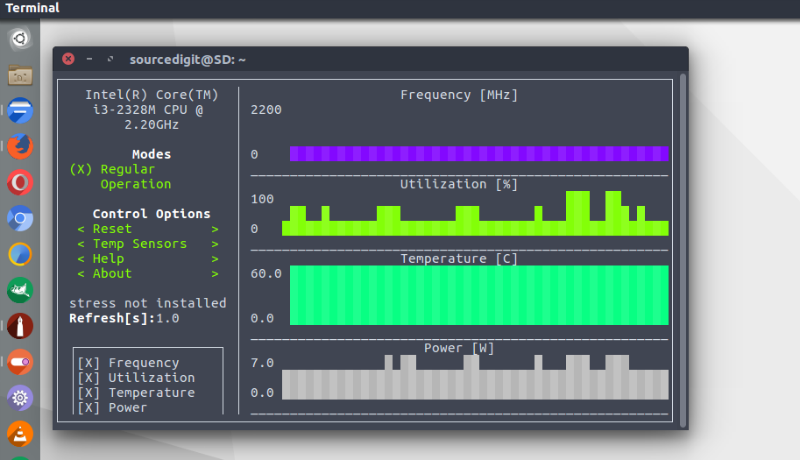

Same as when compressing a file, the -k option tells gzip to keep the input file, in this case, that is the compressed file: gzip -dk filename.gz Decompress multiple files # You might find it easier to remember gunzip than gzip -d. This command is basically an alias to gzip -d: gunzip filename.gz Decompressing Files with gzip #Īnother command that you can use to decompress a Gzip file is gunzip The output of the mysqldump command will be input for gzip. You would run: mysqldump database_name | gzip -c > database_ For example, to create a Gzipped MySQL database backup gz file from the stdin, pipe the output of the command to gzip. The default compression level is -6.įor example, to get maximum compression, you would run: gzip -9 filenameĬompression is a CPU-intensive task, the higher the compression level, the longer the process takes. 1 or -fast means fastest compression speed with minimal compression ratio, -9 or -best indicates the slowest compression speed with maximum compression ratio. Gzip allows you to specify a range of compression levels, from 1 to 9. Gzip will recursively traverse through the whole directory structure and compress all the files in the directory and it’s subdirectories. To compress all files in a given directory, use the -r option: gzip -r directory The command above will create three compressed files, file1.gz, file2.gz, file3.gz. For example, to compress the files named file1, file2, file3, you would run the following command: gzip file1 file2 file3 You can also pass multiple files as arguments to the command. Use the -v option if you want to see the percentage reduction and the names of the files that are being processed: gzip -v filename filename: 7.5% - replaced with filename.gz If you want to keep the input (original) file, use the -k option: gzip -k filenameĪnother option to keep the original file is to use the -c option which tells gzip to write on standard output and redirect the output to a file: gzip -c filename > filename.gz Verbose output #

Gzip will create a file filename.gz and delete the original file.īy default, gzip keeps the original file timestamp, mode, ownership, and name in the compressed file. To compress a single file invoke the gzip command followed by the filename: gzip filename
Ntopng gzip cpu usage pdf#
Do not use Gzip to compress images, audio, PDF documents, and other binary files as they are already compressed. Gzip is most often used to compress text files, Tar archives, and web pages.
Ntopng gzip cpu usage archive#
tgz is a Tar archive compressed with Gzip. If you want to compress multiple files or directory into one file, first you need to create a Tar archive and then compress the. By convention, the name of a file compressed with Gzip should end with either. Gzip compresses only single files and creates a compressed file for each given file.


 0 kommentar(er)
0 kommentar(er)
